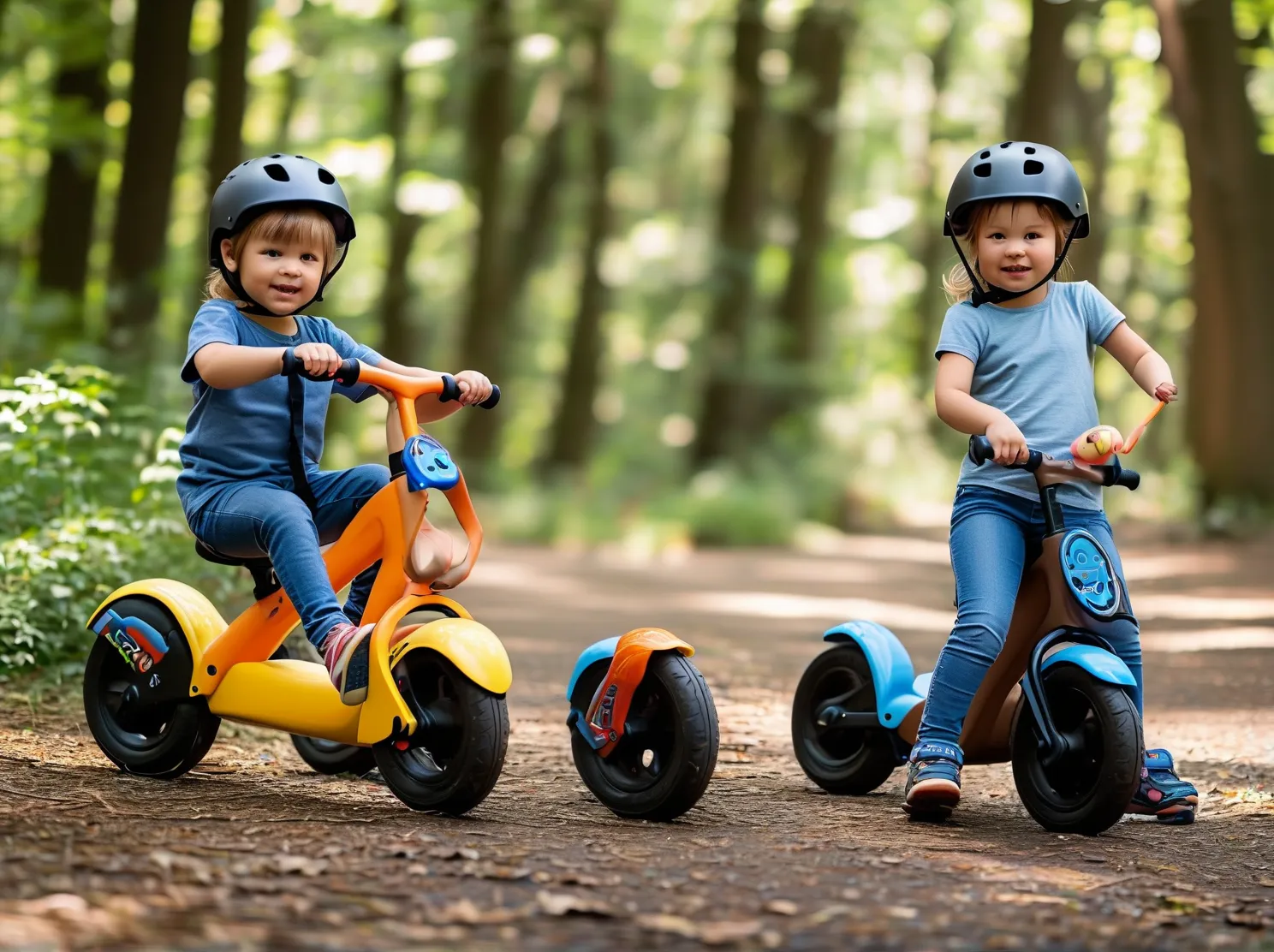Learning to ride a bike is a milestone for kids, but starting with traditional bikes can feel overwhelming. Balance bikes have revolutionized this process by focusing on core skills like coordination and confidence—without the complexity of pedals. If you’re navigating the crowded market of kids’ balance bikes, understanding key factors like sizing, safety features, and adjustability ensures you invest in a tool that grows with your child’s abilities.
Why Start With a Balance Bike?
Pedal-free bikes eliminate the fear of tipping, allowing children as young as 18 months to focus on balancing and steering. According to the American Academy of Pediatrics, balance bikes reduce reliance on training wheels, with many kids transitioning to pedal bikes by age 4. These bikes promote natural posture development and build motor skills more effectively than tricycles or scooters.
Key Features to Evaluate
-
Frame Material
Aluminum frames offer lightweight durability (ideal for kids under 3), while steel provides sturdiness for older riders. Avoid plastic models—they often lack stability and longevity. -
Adjustable Seat & Handlebars
A seat height range of 12″-20″ accommodates growth spurts. Look for ergonomic grips and handlebars that pivot slightly upon impact (a safety feature endorsed by Safe Kids Worldwide). -
Tire Type
Air tires (12-16 PSI) absorb bumps better for outdoor terrain, while foam or rubber tires suit smooth surfaces like sidewalks or indoor play areas. -
Braking Systems
Hand brakes are optional for younger riders but recommended for ages 4+ to develop safe stopping habits early.
Safety Certifications Matter
Prioritize bikes certified by ASTM International (F2912 standard) or EN71 (EU safety norms). These ensure rigorous testing for sharp edges, pinch points, and structural integrity. Brands like Strider and WOOM disclose compliance openly in product specs.
Weight vs. Child’s Strength
A bike should weigh no more than 30% of your child’s body weight. For example, a 30-pound toddler needs a bike under 9 lbs. Test maneuverability: Can your child lift the bike’s front wheel? If not, opt for lighter materials.
Parent-Tested Recommendations
- Best Budget Pick: Retrospec Cub No-Pedal Bike (steel frame, $59)
- Top for Rough Terrain: Prevelo Alpha Zero (air tires, adjustable handlebars, $169)
- Lightweight Design: Strider 12 Sport (6 lbs, ASTM-certified, $119)
Choosing the right balance bike involves matching your child’s current needs while anticipating future skill growth. By prioritizing safety certifications, ergonomic adjustability, and proven brands, you’ll foster confidence that translates seamlessly to pedal biking later. For more guidance tailored to your child’s height and developmental stage, consult certified instructors at REI Co-op Kids Programs or local biking coalitions.




Leave a Reply